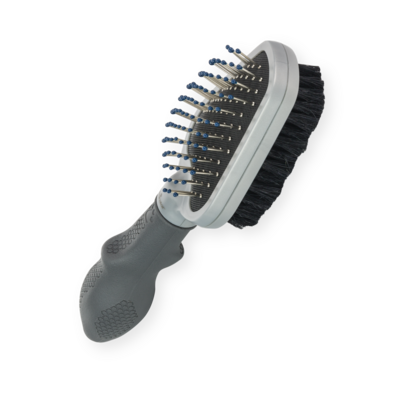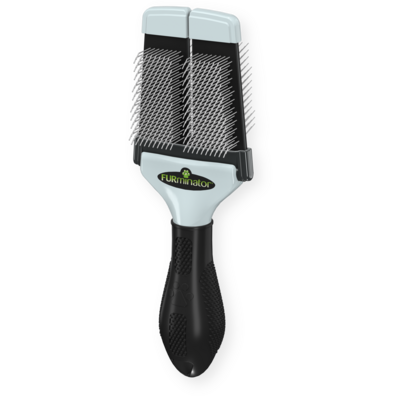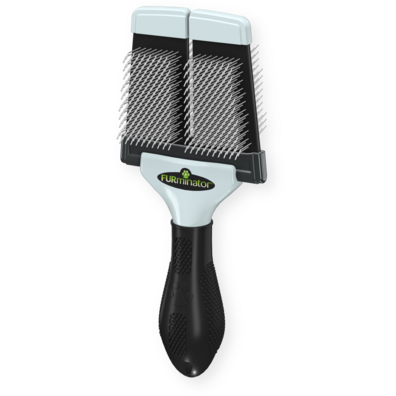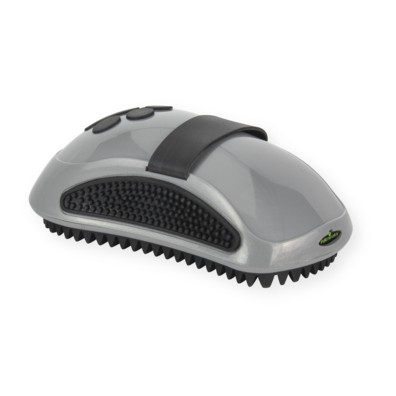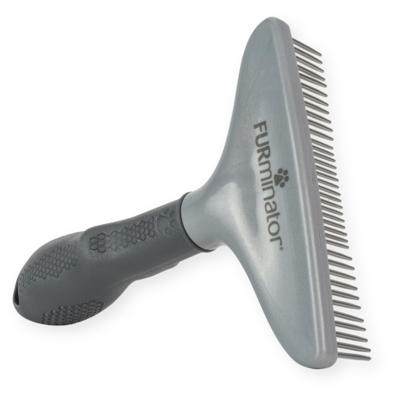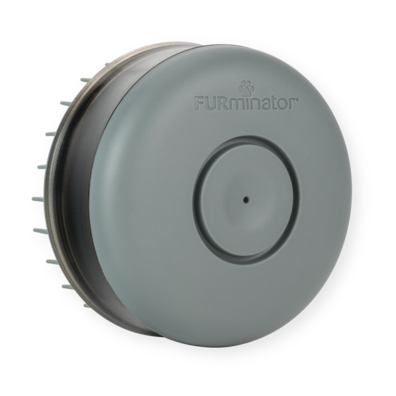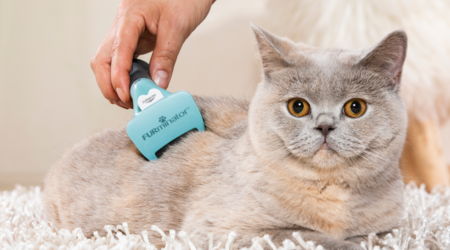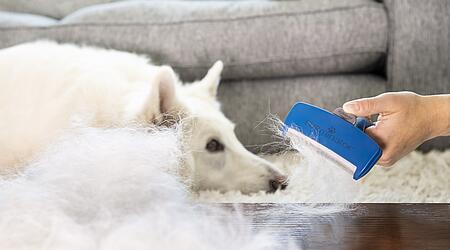Dog breeds that are not recommended for a deShedding tool
The FURminator® Undercoat deShedding Tool should not be used on non-shedding breeds or on pets with particularly sensitive skin. Please consult a veterinarian if you are unsure if your pet has an undercoat. This list does not include all dog breeds that are not recommended for a FURminator® Undercoat deShedding tool.
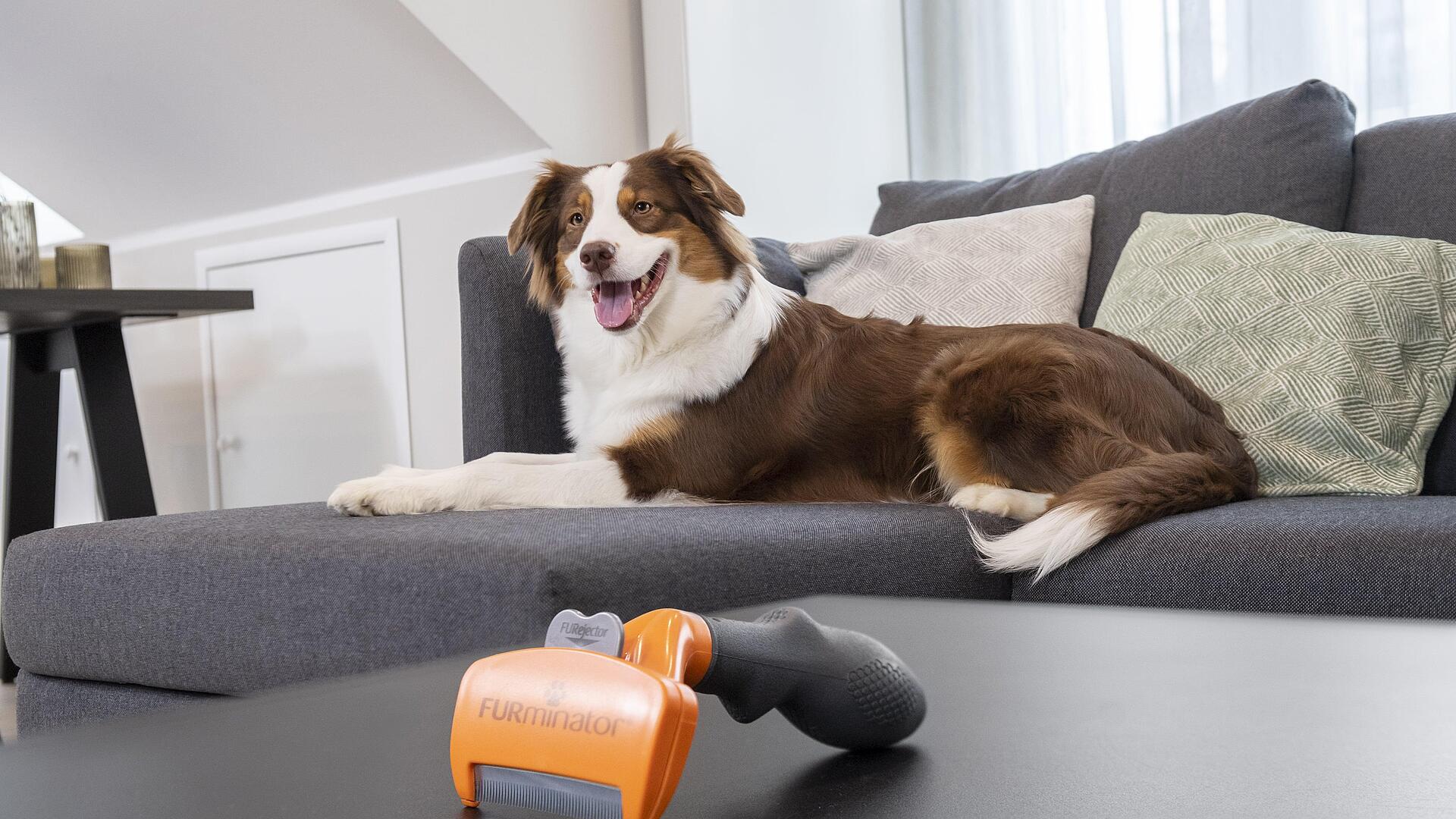
Breeds A-Z
American Water Spaniel
Bedlington Terrier
Bichon Frise
Bolognese
Chinese Crested
Coton de Tulear
Curly-Coated Retriever
Dandie Dinmont
Glen of Imaal Terrier
Havanese
Irish Water Spaniel
Kerry Blue Terrier
Komondort
Löwchen
Maltese
Poodle
Portuguese Water Dog
Puli
Soft Coated Wheaten Terrier
Coat care for dogs without undercoat
Dogs without an undercoat or with particularly sensitive skin require a different type of grooming to keep their coat and skin healthy. For these breeds, it is important to use methods and tools that are specifically tailored to their particular needs. Instead of removing the undercoat, the focus here is on regular brushing, cutting and grooming to prevent matting, keep the coat shiny and gently remove dirt or loose hair.
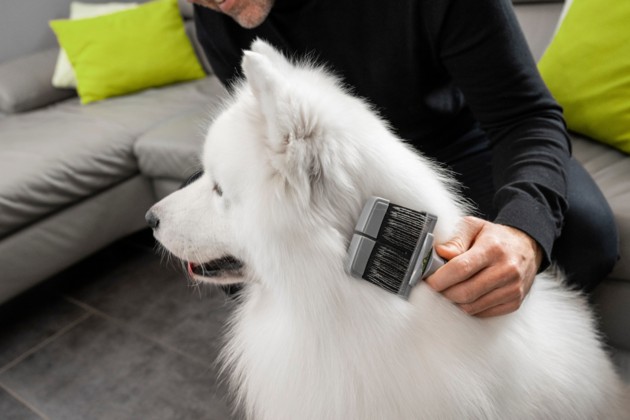
1. Regular brushing
For dogs without an undercoat, regular brushing is essential to remove loose hair, dust and dirt to keep the coat shiny. Dogs with smooth or short coats benefit from a soft bristle brush or a Curry Comb that glides gently over the coat and massages the skin. For example, the FURminator® Dual Grooming Brush, which with its two sides both removes knots and makes the coat shiny. The wire pins detangle the coat, while the boar bristles smooth the top coat.
For curly or frizzy coats, such as Poodles or Bichons Frisés, a Slicker Brush is ideal for removing tangles. With its curved stainless steel bristles, the FURminator® Slicker Brush helps to untangle stubborn knots without irritating the skin. The straight bristles also ensure a shiny finish.
2. Bathing with mild care products
Dogs without undercoats need a bath less often, as their skin is more sensitive and more prone to dryness. If a bath is necessary, use a mild, pH-neutral dog shampoo that is gentle on the skin barrier. Hypoallergenic or moisturising shampoos are particularly suitable to avoid irritation. Be sure to rinse the shampoo out thoroughly and dry the coat completely to prevent skin problems.
3. Trimming and clipping
Some dog breeds with evenly growing or curly coat textures, such as Schnauzers or Poodles, should be trimmed or clipped regularly to keep the coat healthy and tangle-free. These tasks are best carried out by a professional groomer as they require specialised techniques. Between grooming appointments, you can groom the coat with suitable brushes and combs to prevent tangles.
Conclusion:
How to improve your dog's well-being
Proper coat care is crucial for your dog's well-being. Regular brushing is particularly important for dogs without an undercoat to keep the coat healthy and shiny. A mild bath and the use of gentle grooming products also help to maintain the coat. With tools such as the FURminator® Dual Grooming Brush and the FURminator® Slicker Brush, you can prevent matting, remove loose hair and groom the coat at the same time without causing skin irritation. Regular grooming not only enhances your pet's appearance, but also strengthens the bond with your pet and contributes to its general well-being.


